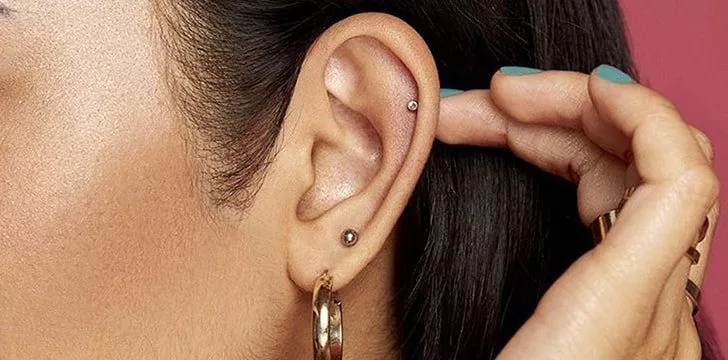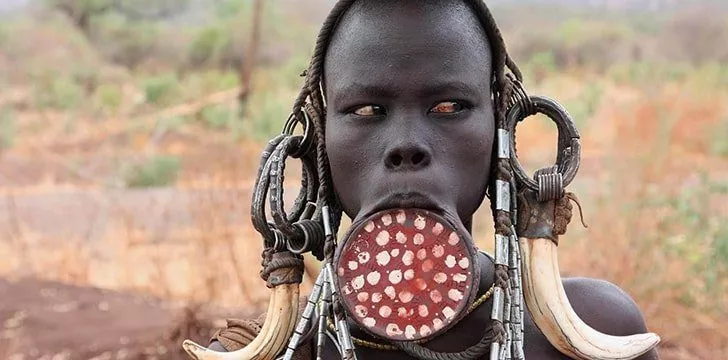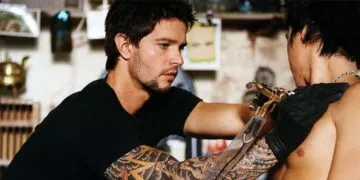The art of body piercing has been around for as long as there have been people.
It is a popular practice worldwide, with many alternative stores and tattoo parlors setting up booths for customers to be pierced in.
There has been a great rise in the number of young people leaving school and entering the practice – after undertaking practical and theoretical courses of course (the age you may start the courses is 16).
There are a great many reasons why you wish to have a body piercing. It may be a religious, spiritual, and cultural belief.
Many also see it as a form of self-expression.
Piercing Controversies and Issues

Body piercing is still a relatively controversial topic, with many schools, religious authorities, and workplaces placing restrictions on what piercings may be shown at one point (the usual rule for schools used to be one set of sleeper studs in the earlobe).
Others take a different approach to piercing, such as Elaine Davidson from Scotland who is the “Most Pierced Woman” in 2009, with 6005 piercings on her body to date.
Piercing can be a risky business, as with any body modification – there is always the risk of allergy, infection, and physical scarring.
This is why parlors must use sterilized equipment, such as needles and guns.
It still remains a common practice to pierce with stainless steel and titanium.
So when did piercing begin?

There have been many scientific studies into the subject, and archaeologists are still finding body jewelry during excavations today.
The oldest mummified body was the 5300 year old Iceman, who had his earlobe pierced, with an 11mm earring.
In some cultures, and even Biblical references, earrings were seen as a sign of nobility and wealth.
Feuding cultures also wore earrings – Greeks wore paste pendant owl shapes to please their Gods in battle, while the Roman women wore precious gemstones as respect for their demigods.
The tradition had already spread to the Middle East, where body piercing jewelry was found, dating back to 1500 BCE.
Here the tradition for nose piercing among Hindu women began – usually in the left nostril, with connotations to the female reproductive organs in Ayuverdi medicine.
Lip Stretching

Lip piercing/stretching is common in African tribes, as was tongue piercing for the Aztecs.
The Aztecs believed it was a symbol of wealth and would please their Gods.
The Egyptian women practiced the art of navel piercings, however there has been no concrete evidence of this.
The craze of young women piercing their navel’s became increasingly popular after the 1993 video Cryin’ by Aerosmith showing actress Alicia Silverstone getting hers done.
Nipple piercings have been around since the Romans.
It was a common tradition for the male officers to have nipple rings, which they in turn fastened their cloaks to.
This practice has also been seen in the Karma Sutra, which also revealed the idea of genital piercings (a common belief is that Prince Albert had this piercing and it is how the male piercing got its nickname).


















